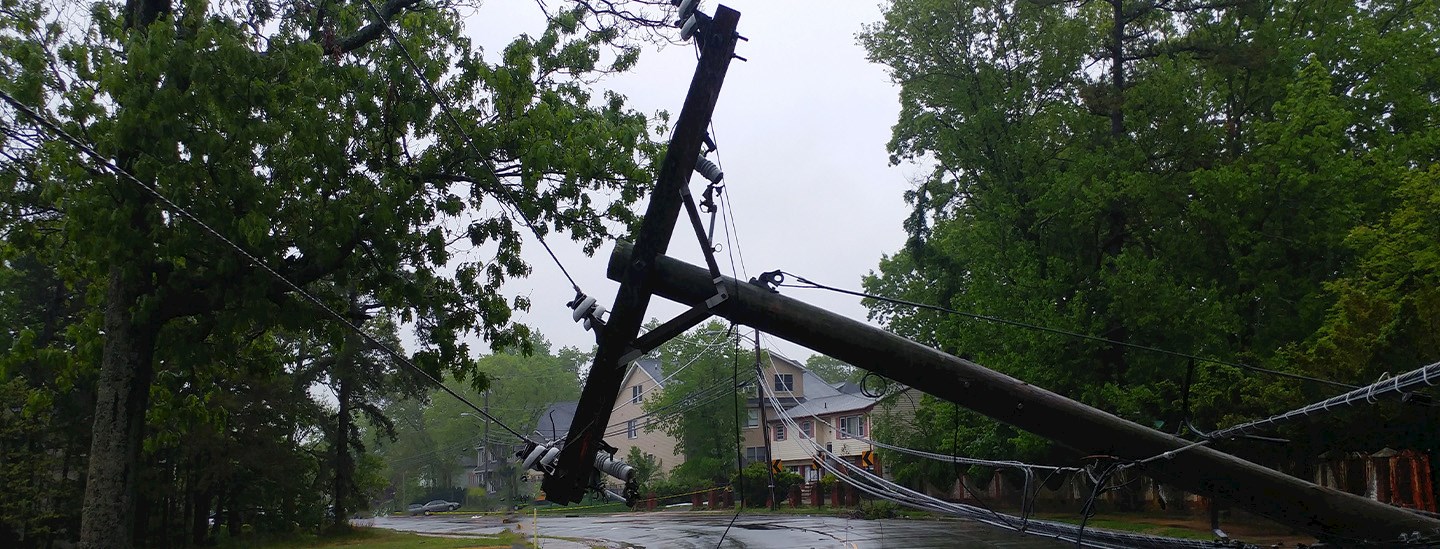The official hurricane season in Canada starts in early June and runs through November — that's when the Atlantic Ocean's warm waters can produce tropical cyclones, including hurricanes.
The information and resources in this hurricane guide outline the steps and best practices for safeguarding people and property before, during and after a hurricane.
- Before hurricane season: Review your policies and coverages
- Create a hurricane emergency plan and kit
- Know what to do when a hurricane watch or warning is issued
- File an insurance claim after a hurricane
Before hurricane season: Review your policies and coverages
Talk with your Gallagher broker well before hurricane season begins, so you understand what your current property policy covers and can secure appropriate coverage if needed.
Before hurricane season starts is also the best time to make home improvements that can help your property withstand hurricane-force winds, such as installing wind-resistant roofing, sealing gaps around windows and having overhanging tree limbs removed.
Create a hurricane emergency plan and kit
Before hurricane season starts, create an emergency plan and kit to ensure you're ready to prepare your home and property for a hurricane and possibly to evacuate. We recommend these essential steps:
- Create an emergency kit. Put together an emergency supply kit that will sustain your household members for three days. The Canadian Red Cross has recommendations for what to include in an emergency supply kit.
- Secure important documents. Keep important documents — such as legal papers, birth certificates, marriage licenses, financial records and insurance policy information — in a safety deposit box at a bank or in a fireproof and waterproof box in your home. Also, include photocopies of your passport, driver's license and credit cards.
- Have an evacuation plan. In case you must evacuate, plan what to take with you and who will travel in each vehicle. Check local news outlets and provincial websites for updates on evacuation routes.
- Have a communication plan. In case all household members aren't together when a hurricane evacuation is ordered, have a plan for how to reach each other and other essential people, such as relatives, friends and employers. Don't rely solely on the contacts list in mobile phones — all household members should carry a printed contact list. Designate someone within the household and someone outside the household that all members should contact to let them know they're safe.

